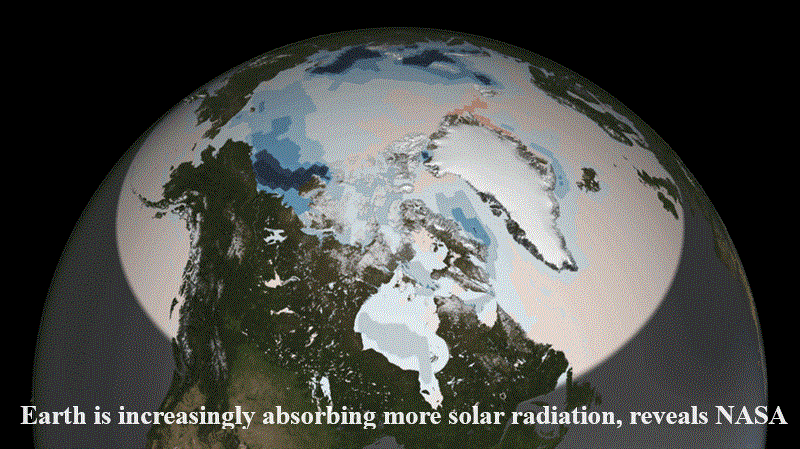
Climate change is no longer a future prospect; it has become a present reality, with its effects becoming increasingly evident to all. Data from NASA has now disclosed a surge in the absorption of solar radiation by Earth in 2023. This observation holds significant importance, as the extent and manner in which Earth absorbs solar radiation directly influence climate patterns.
NASA’s Clouds and the Earth’s Radiant Energy System (CERES) Energy Balanced and Filled (EBAF) Edition 4.2 has documented notable fluctuations in Earth’s solar radiation absorption throughout 2023, particularly observing an increase during February, March, and December.
The year commenced with a marked rise in solar radiation absorption, reaching its peak at 3.9 watts per square meter in February and escalating further to 6.2 watts per square meter in March. A stark contrast is evident when comparing these figures with those from the corresponding months in 2000, indicating an upward trend in solar radiation absorption over time.
CERES data revealed that the pattern of heightened solar radiation absorption persisted into December 2023, with mean absorption levels surpassing those observed at the beginning of the century. These shifts in absorption patterns have significant implications for Earth’s energy balance, potentially resulting in alterations to climate patterns, sea levels, and temperatures.
Moreover, spikes in solar radiation absorption were also observed in 2011, 2017, and 2022, suggesting a consistent upward trend over recent years. However, the year 2023 stood out for its notably high mean absorbed solar radiation change, indicating a particularly pronounced upward trend.
These developments are likely to exert profound effects on Earth’s climate, necessitating potential measures to mitigate their impacts.

Post Your Comments